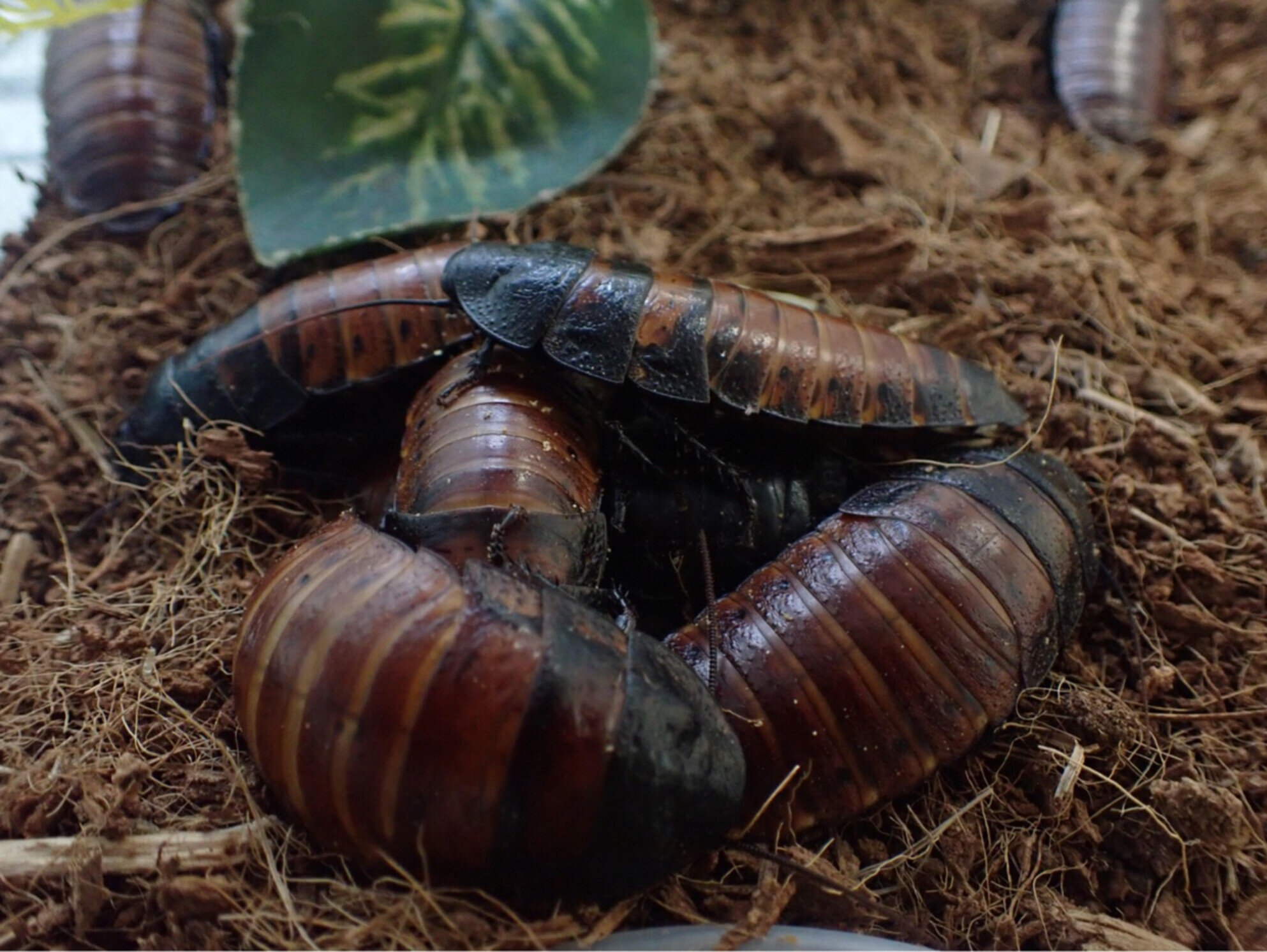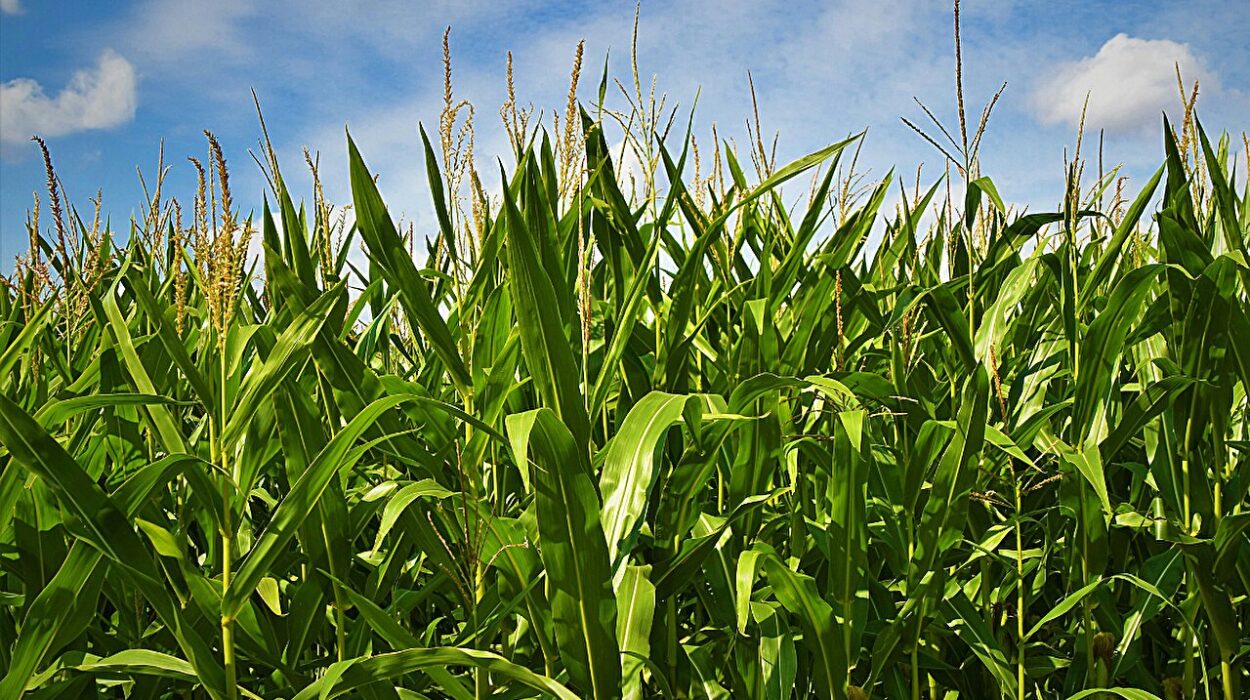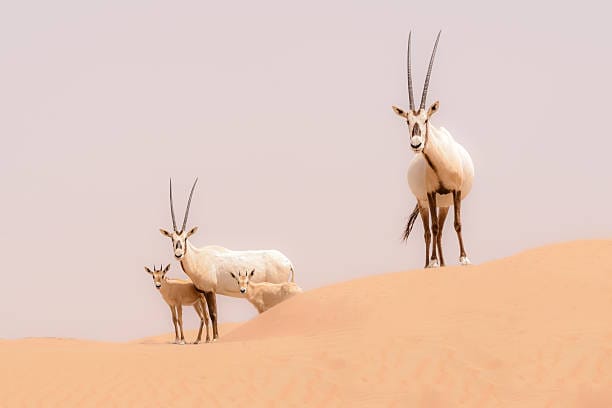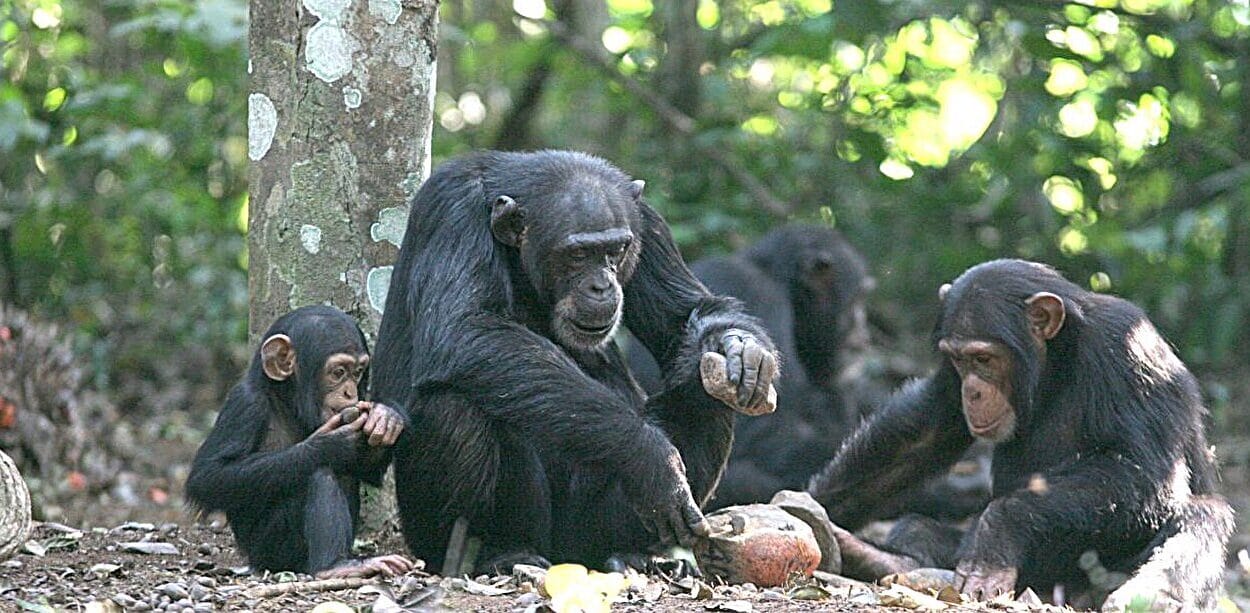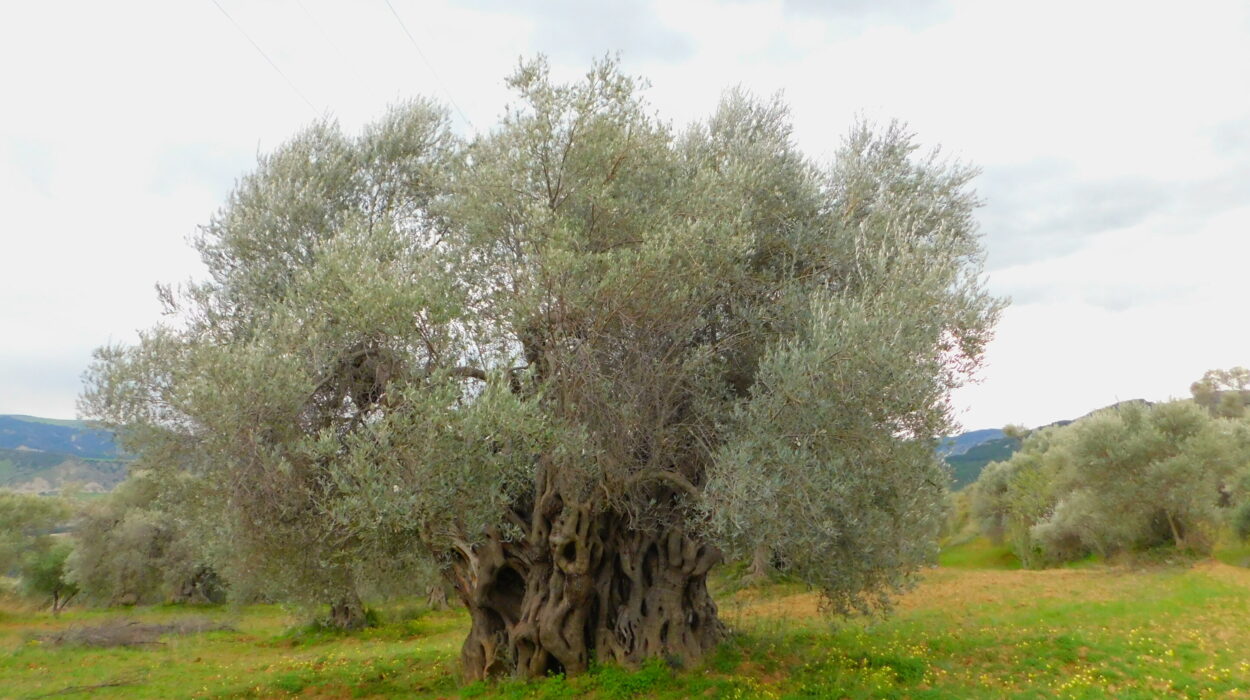Imagine a group of Madagascar hissing cockroaches—large, hardy creatures—gathering in a tight, huddled mass, their exoskeletons pressed together. It’s not for companionship, as you might think, but for survival. When the air around them grows dry, these insects engage in a peculiar behavior: they “cuddle.” A recent study from Binghamton University reveals that, in times of low humidity, these roaches use physical closeness as a strategy to conserve water and protect themselves from desiccation.
This discovery sheds new light on the extraordinary ways animals, even the most unassuming ones, adapt to environmental stress. The study, led by Lindsey Swierk, an assistant professor in the university’s Biological Sciences program, and co-authored by her students, illustrates a fascinating instance of “behavioral plasticity”—a term describing an organism’s ability to adjust its behavior based on changing environmental conditions.
For a creature typically known for its resilience in harsh conditions, this behavior represents a surprising yet crucial twist in our understanding of how insects cope with stress.
Water Conservation in the Wild: An Unexpected Solution
In their native Madagascar, the hissing cockroaches are accustomed to seasonal shifts in humidity. The island experiences both wet and dry periods, but it is during these drier times that the cockroaches’ behavior changes most drastically. When the air becomes dry and the risk of dehydration looms, the roaches instinctively come together in large groups.
Under laboratory conditions, the researchers observed that the insects were significantly more likely to cluster together when humidity levels were low. “In general, insects can lose water pretty quickly because of their high surface area to volume ratios, and so humidity really affects their abilities to retain moisture,” explained Swierk.
For an insect, where surface area plays a huge role in water loss, these changes in behavior are essential. By huddling together, the cockroaches create a microclimate—a pocket of higher humidity that can help them retain moisture longer. This behavior isn’t just about socializing; it’s a matter of survival.
The study revealed something fascinating: the larger, adult roaches—ones you might assume are more resilient to dry conditions—are just as vulnerable as smaller insects when it comes to moisture loss. “Even larger adult insects, that may in theory be more resistant to low humidity than smaller or larval insects, still use aggregation as a flexible behavioral adaptation to reduce the risk of water loss,” Swierk added.
The roaches’ tendency to gather together may seem like an instinctual reflex, but it’s actually a calculated survival strategy. It’s a behavior seen in many insect species, especially those that face extreme environmental conditions. But what makes this discovery particularly significant is that the researchers found such behavior in relatively large insects, which had not been well-documented before.
The Costs and Benefits of “Cuddling”
There are clear benefits to this aggregation strategy, but it also comes with its own set of trade-offs. While gathering in groups helps the cockroaches conserve moisture, it may also come with increased social competition, particularly when resources are scarce. The group huddling could lead to struggles over space and food, not to mention making the insects more conspicuous to predators.
Despite these risks, the behavioral adjustment to environmental stress seems to outweigh the costs. By making themselves more vulnerable to certain threats, the cockroaches increase their chances of survival in other ways. It’s a fascinating example of how the natural world often requires creatures to balance competing survival needs.
This behavior highlights a clever tactic that has helped these insects thrive across diverse environments. But now, with the increasing impacts of climate change, this once-stable behavior might be pushed to its limits.
Climate Change and the Future of Madagascar’s Hissing Cockroaches
The environmental shifts caused by climate change are already being felt across the globe, and Madagascar is no exception. As dry seasons lengthen and become more severe, the researchers wonder how the cockroaches will adapt. “More frequent or extreme dry periods could push them to aggregate more often to conserve water, which could potentially affect their foraging, reproduction, or broader ecological roles as decomposers,” Swierk noted.
Madagascar hissing cockroaches are not just fascinating creatures in their own right—they play an important role in the ecosystem. As decomposers, they help break down organic material, making nutrients available for other organisms. Changes in their behavior could potentially disrupt this ecological balance. If the cockroaches are spending more time clustered together in order to conserve moisture, they may not be as effective at foraging, or they could experience shifts in their reproductive patterns.
These subtle shifts in behavior could have ripple effects through the ecosystem, particularly as other species depend on the roaches for food and as decomposers. The cockroaches’ survival tactics may need to evolve even further to accommodate these new challenges. What was once a simple aggregation strategy could soon become an essential part of their ability to persist in a changing climate.
The Bigger Picture: What This Research Means
Swierk’s research uncovers a vital piece of the puzzle in our understanding of how insects, particularly large ones like the Madagascar hissing cockroach, can adapt their behavior to environmental changes. These insights offer a glimpse into the hidden lives of these creatures, revealing that even the most resilient animals have intricate survival strategies that we have yet to fully understand.
But beyond understanding the roaches, the research offers a broader implication for how animals—both big and small—are likely to respond to the pressures of climate change. The study of behavioral plasticity, or the ability of organisms to adjust their actions based on environmental cues, could provide key insights into how species might cope with increasingly volatile climates.
As climate change continues to impact ecosystems, it is crucial to understand the adaptive behaviors that could help species survive. For the Madagascar hissing cockroach, a simple act of “cuddling” in response to a dry environment might be one of the many small behaviors that will help them weather the storms of a changing world. And perhaps, by studying them, we can better prepare for the challenges our own species will face in the years to come.
In a world that is increasingly unpredictable, it’s the creatures that can adapt—no matter how small or seemingly insignificant—that will make all the difference. This research, though focused on an insect many would overlook, offers valuable lessons on the importance of flexibility, resilience, and the surprising ways nature solves its most complex problems.
More information: Alison Kryger et al, Plastic Behavioral Responses to Ambient Relative Humidity Influence Aggregation in a Large Gregarious Insect, Ethology (2025). DOI: 10.1111/eth.70026
